



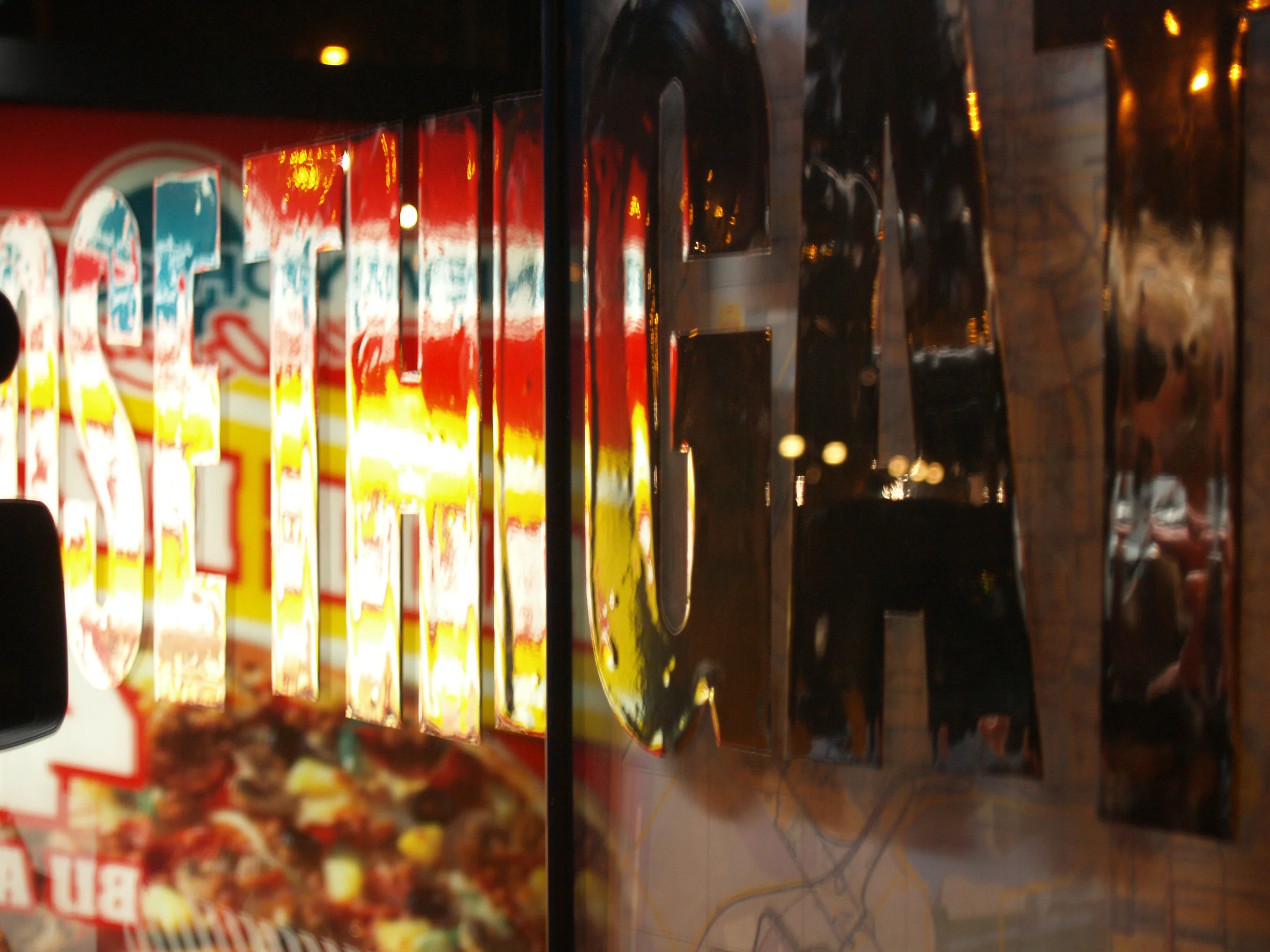
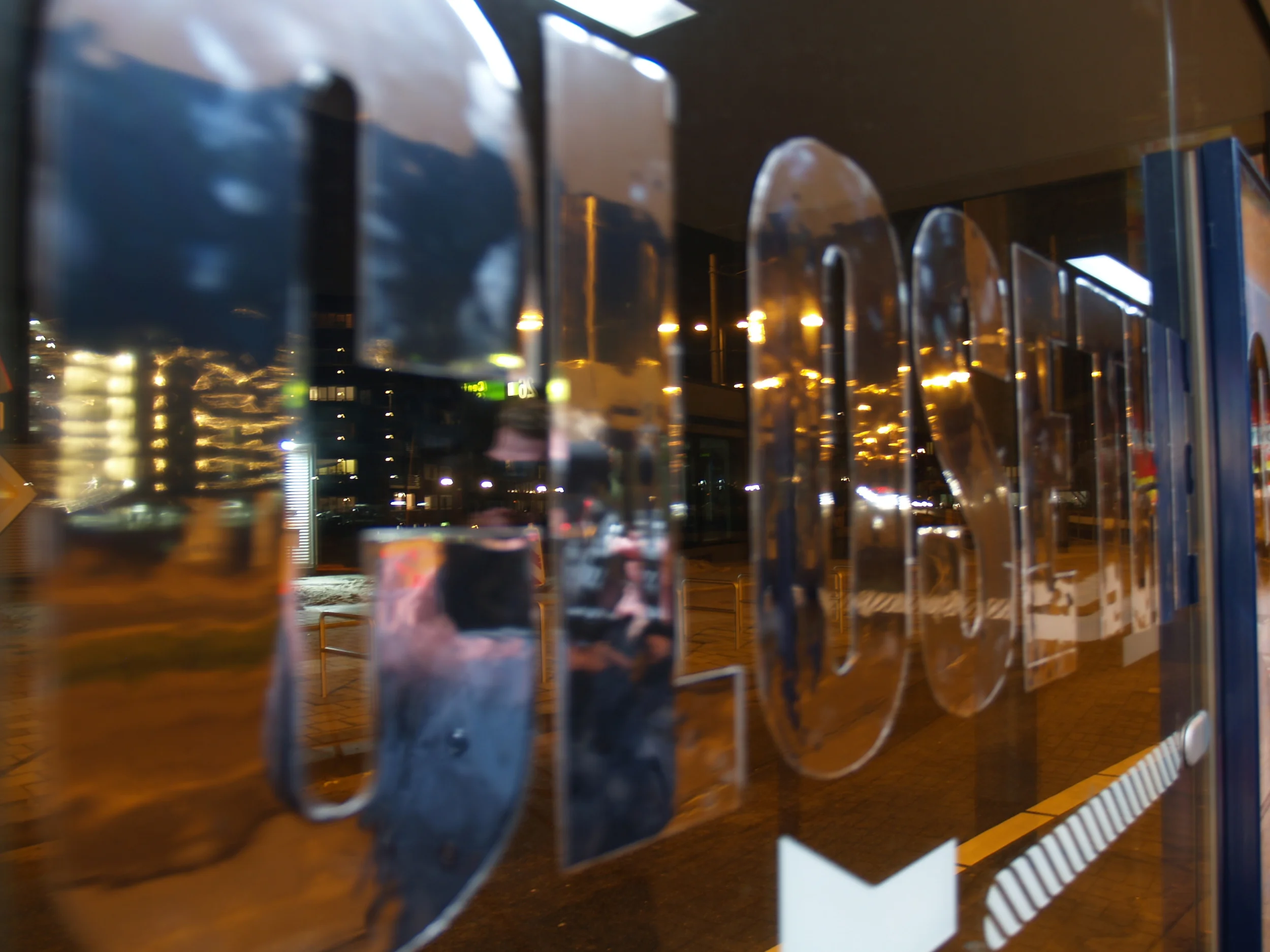
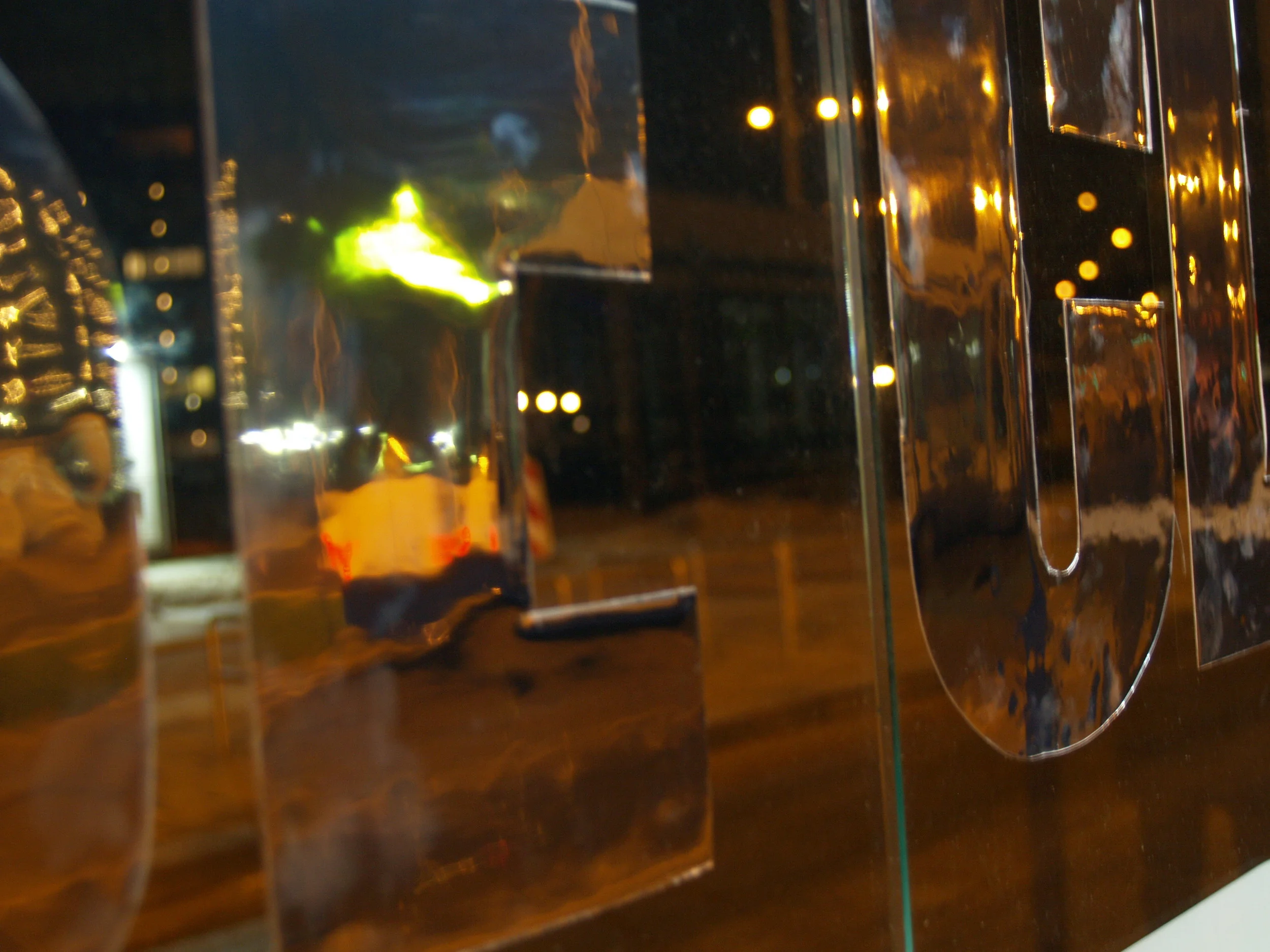
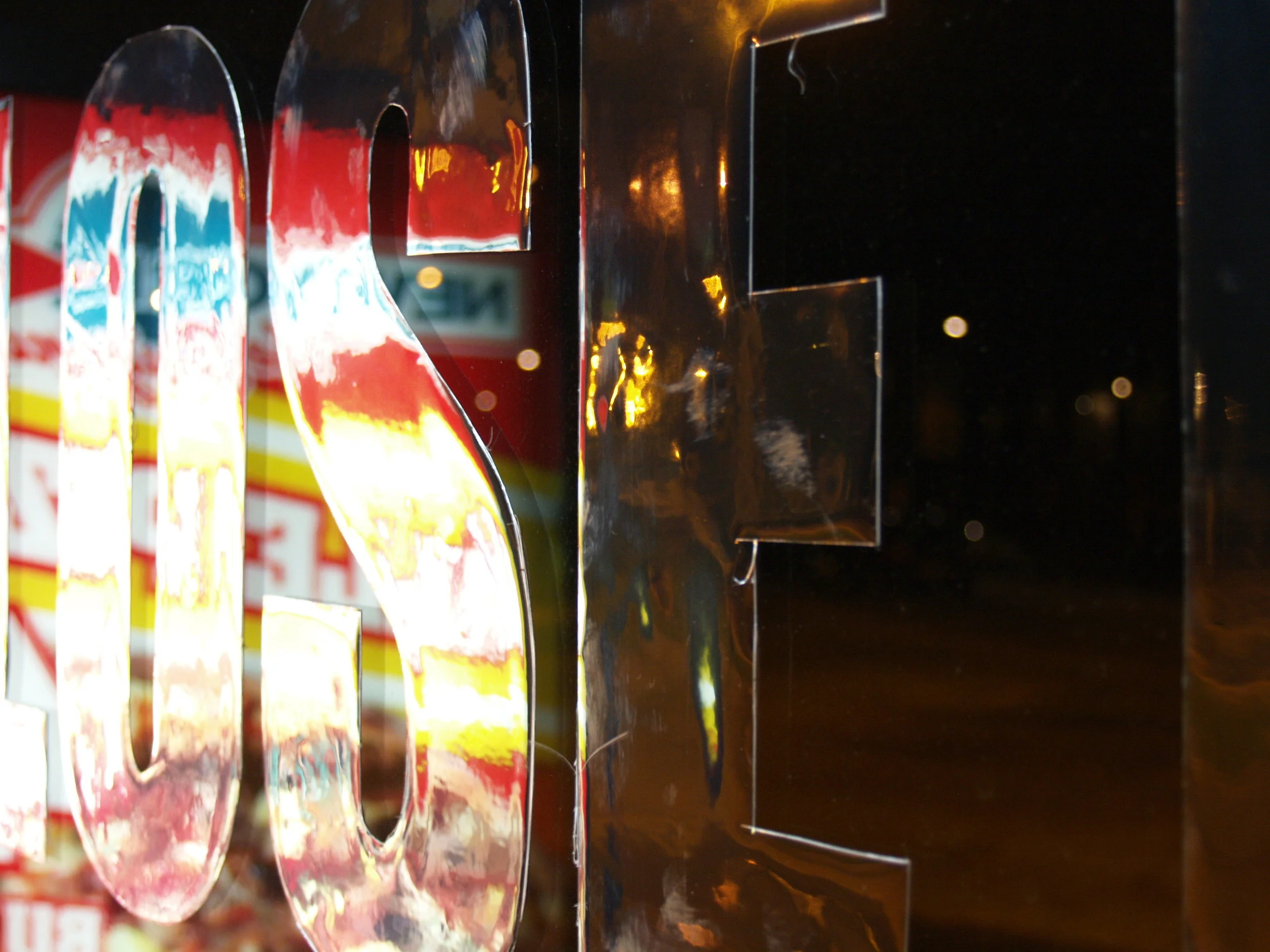
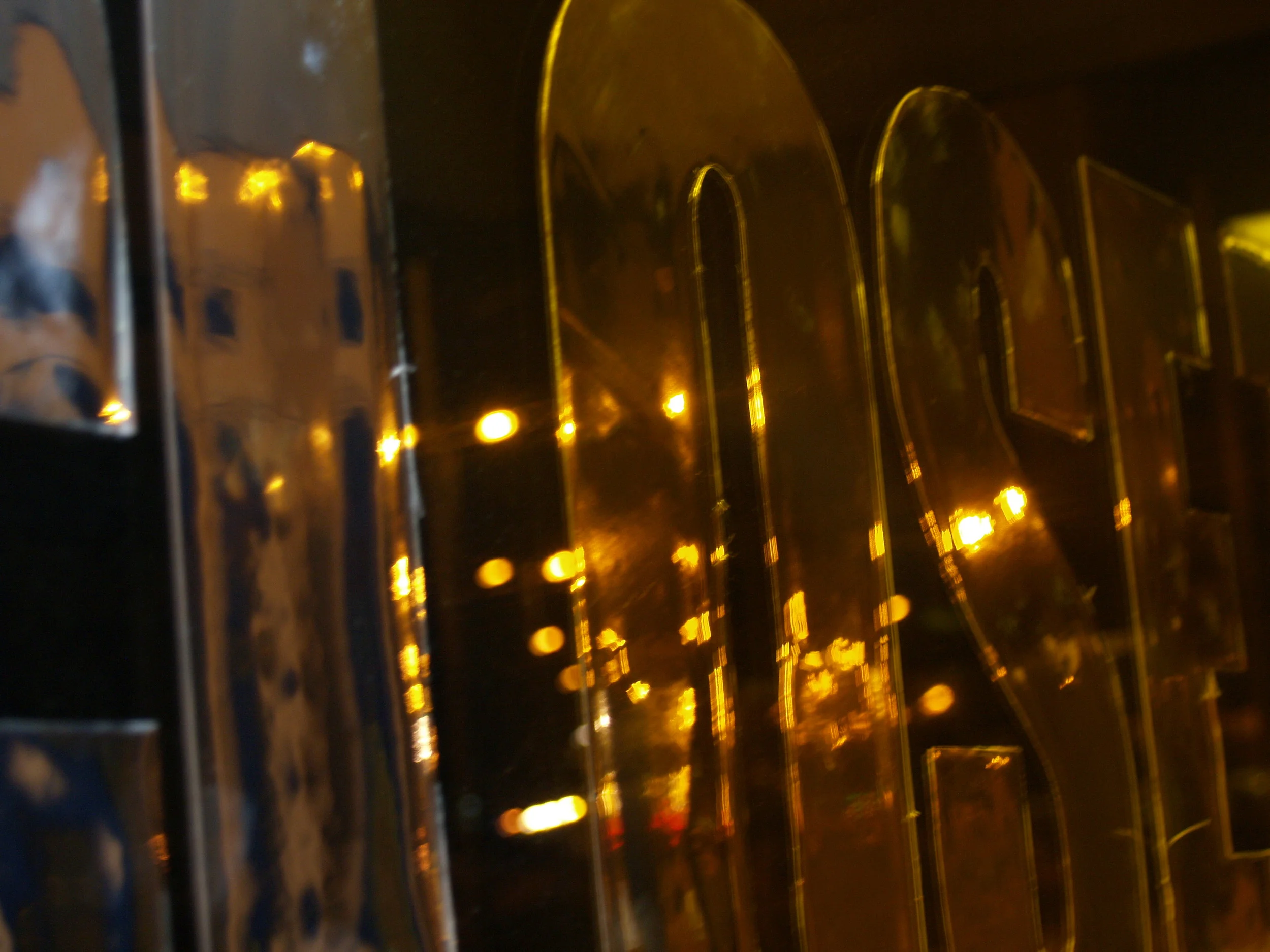
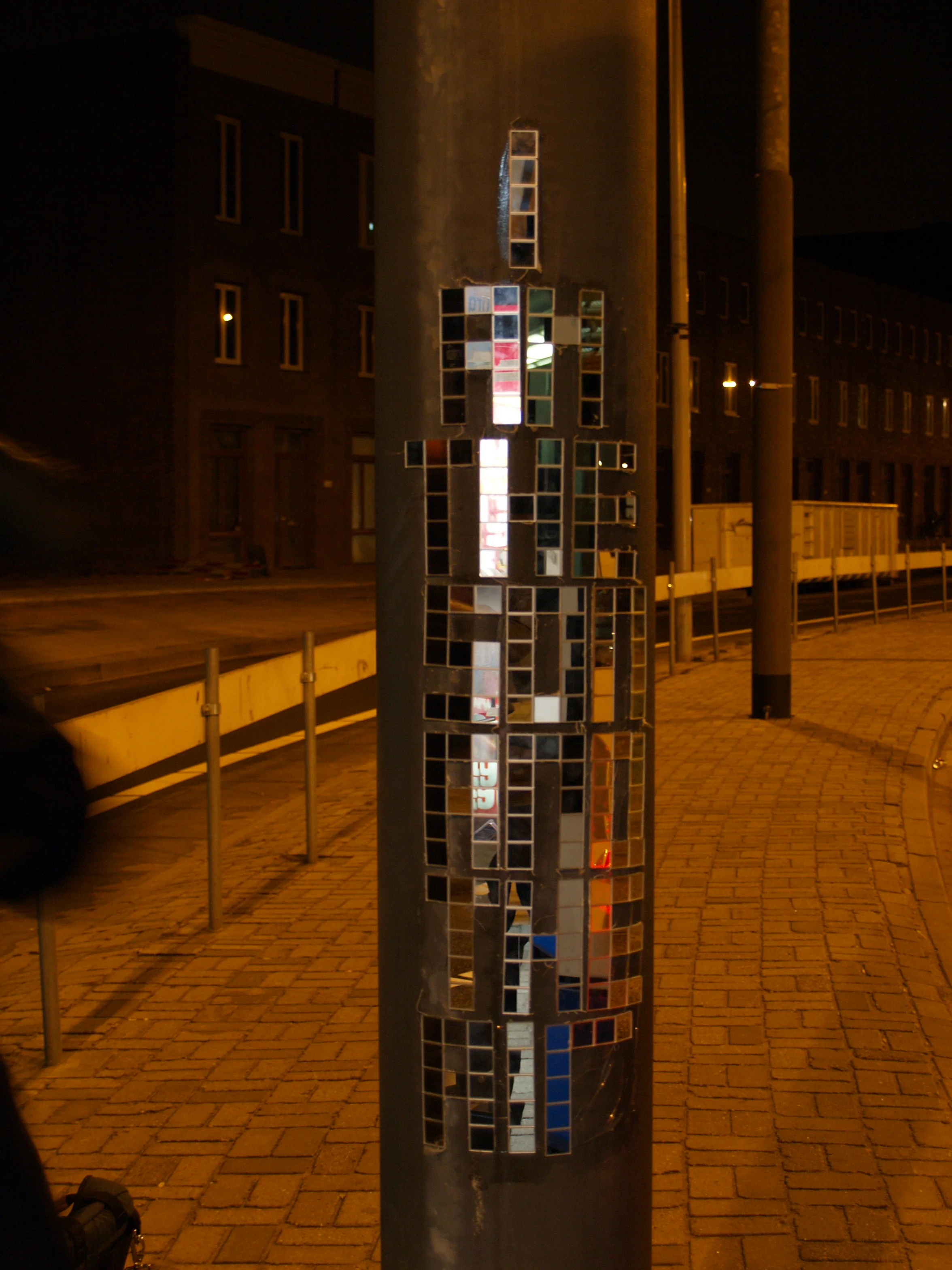



In 1996, Amsterdam City Council decided to proceed with the development of Ijburg, a residential district as an alternative to the city center and surrounding areas. These residential areas are being created on a cluster of manmade islands, and the project is set for completion in 2012. The district will then provide 18,000 dwellings for 45,000 residents. These dwellings are primarily being constructed in a block layout, each composed of a mix of owner-occupied dwellings and social sector rental housing, in the proportion 80:20. All the dwellings are situated around a communal courtyard or garden. Ijburg must also provide employment opportunities for 12,000 people. Beside housing, schools and shops, plans include construction of sports facilities, restaurants, a beach and a cemetery. Typical of a new habitat like Ijburg is that the entire project is devised in the conference room and on the drawing board. In this process, nothing is left to chance.
Though Ijburg is not a ‘problem’ area, it is lacking something extremely important, namely a history - a social and human history, stories, life and a beating heart. Each of these qualities and elements must grow, and cannot be planned on the drawing board or built by a contractor. It has been demonstrated that these qualities are decisive for an area’s identity as well as for its inhabitants and users. They are therefore of crucial importance. In contrast to old city quarters, which can look back upon a rich history, in Ijburg it is only possible to look ahead. However, the first pioneers are already starting to leave the area, in search of a new challenge, while for other people it is attractive that the district is at last starting to take shape. History can be written as you go along, but then it must be recognized as such, documented and developed further.
The Blue House functions like a catalyst for an accelerated formulation of history in Ijburg. By describing and simultaneously intervening in everyday life in this area, the Blue House facilitates the acceleration and intensification of the process of developing a cultural history. The studies and projects to be initiated from the Blue House exist outside the tradition of standard cultural historiography. They do not constitute a cultural monograph or a ‘retroactive manifesto’, but are an experimental form of histiography in which documentation and production are interwoven in a unique way.
- http://www.blauwehuis.org/blauwehuisv2/
This project was in response to the environmental conditions of Ijburg in an attempt to create a sense of community and comradely amongst its inhabitants. Through the use of public installation that utilizes the surrounding environment and critically engages the residence in their own habitat, the objective was to confront the viewer in a manner that would cause them to question the restriction of their environment and its effect on the process of creating community and fostering empathy in their community. The ultimate goal was to create a point of connection where empathy could be fostered and a collective social identity could be created allowing for the creation of community and cohesion.